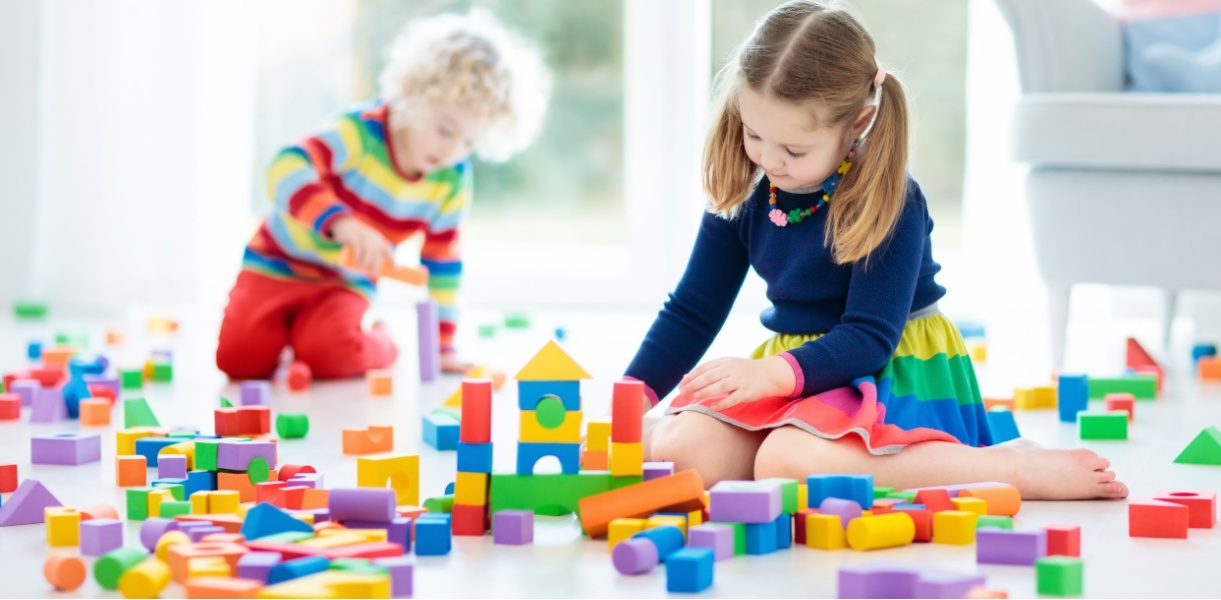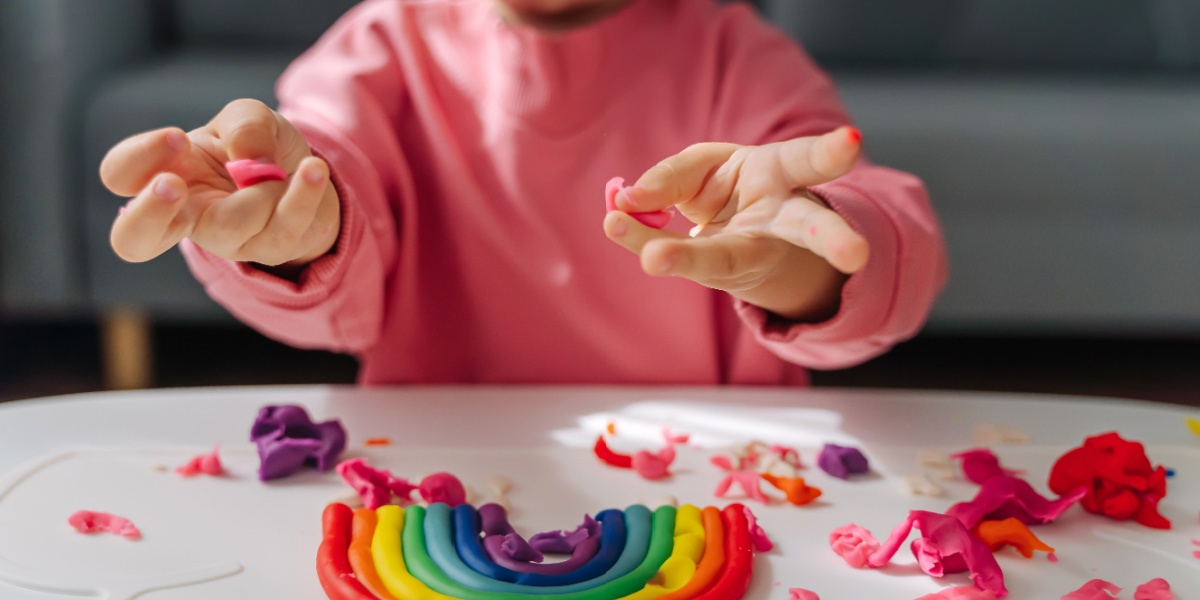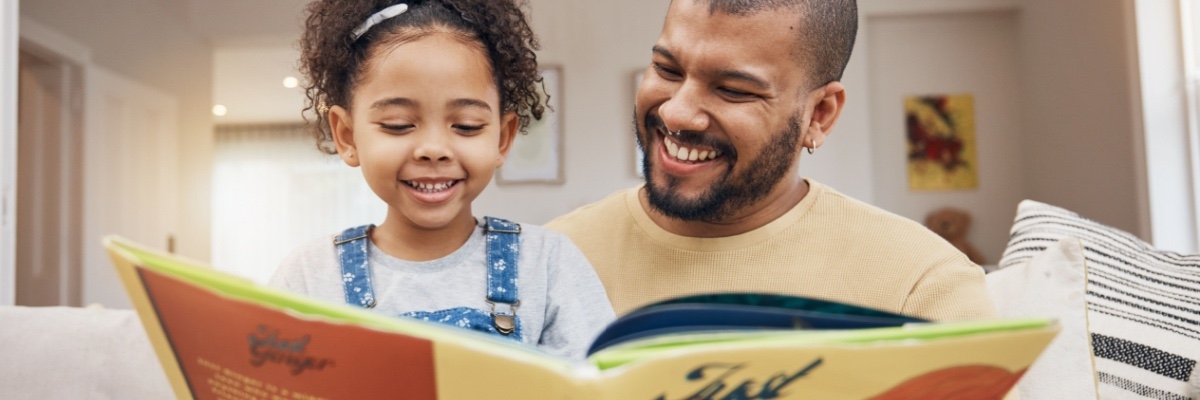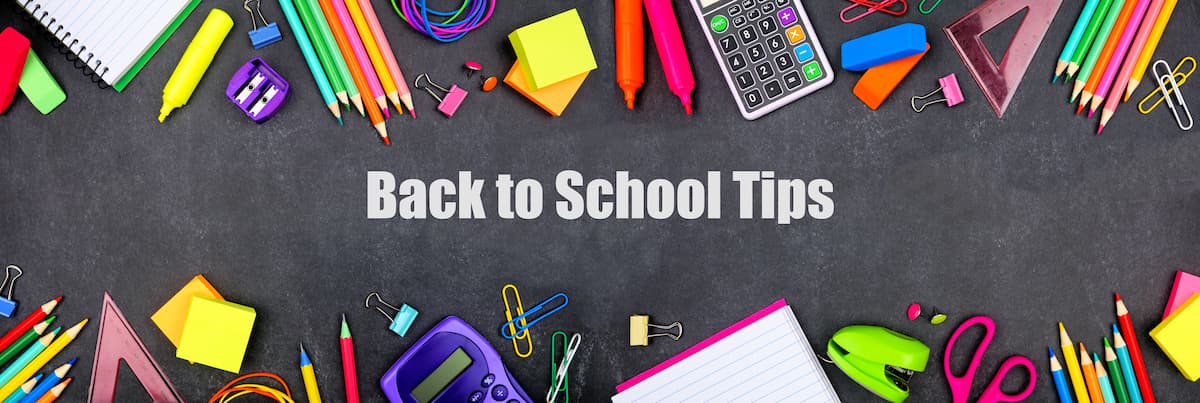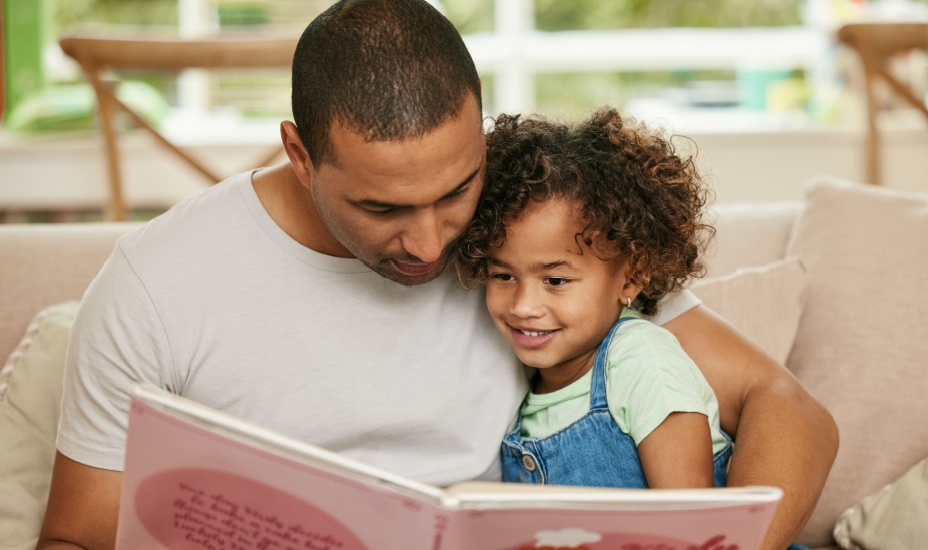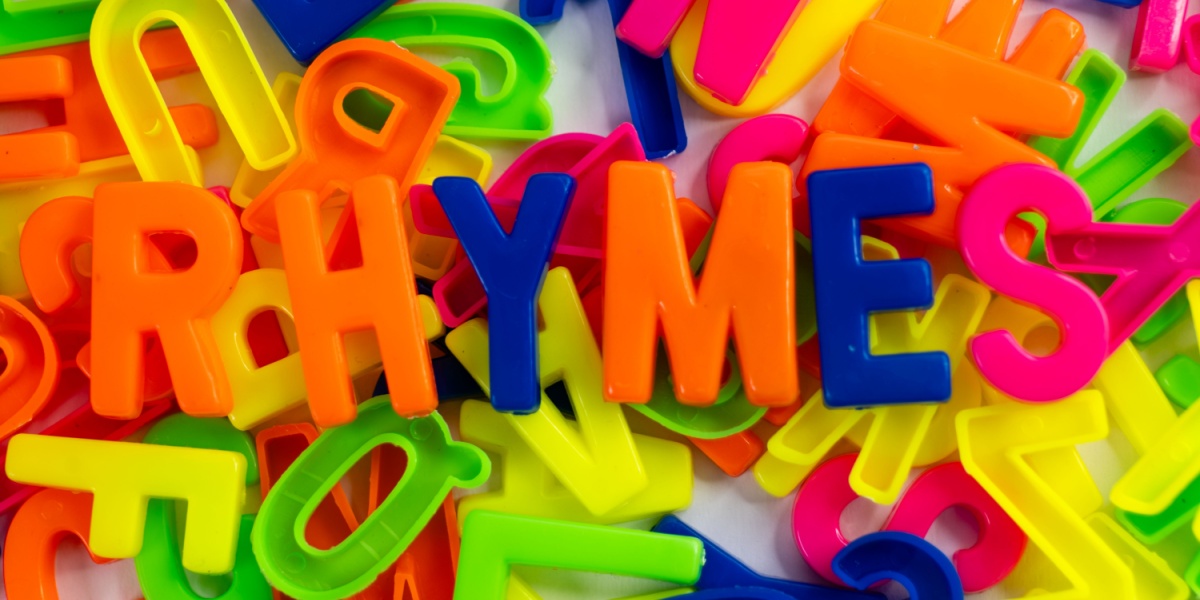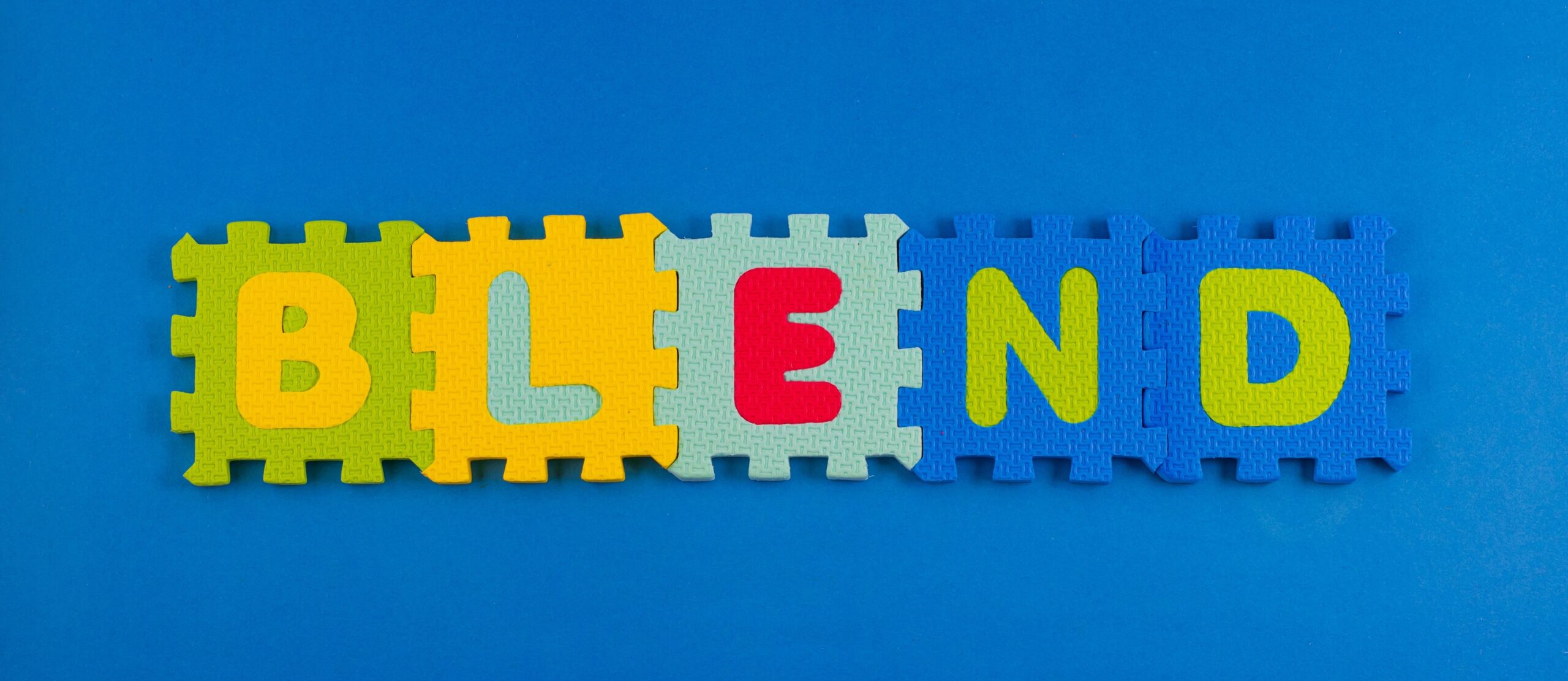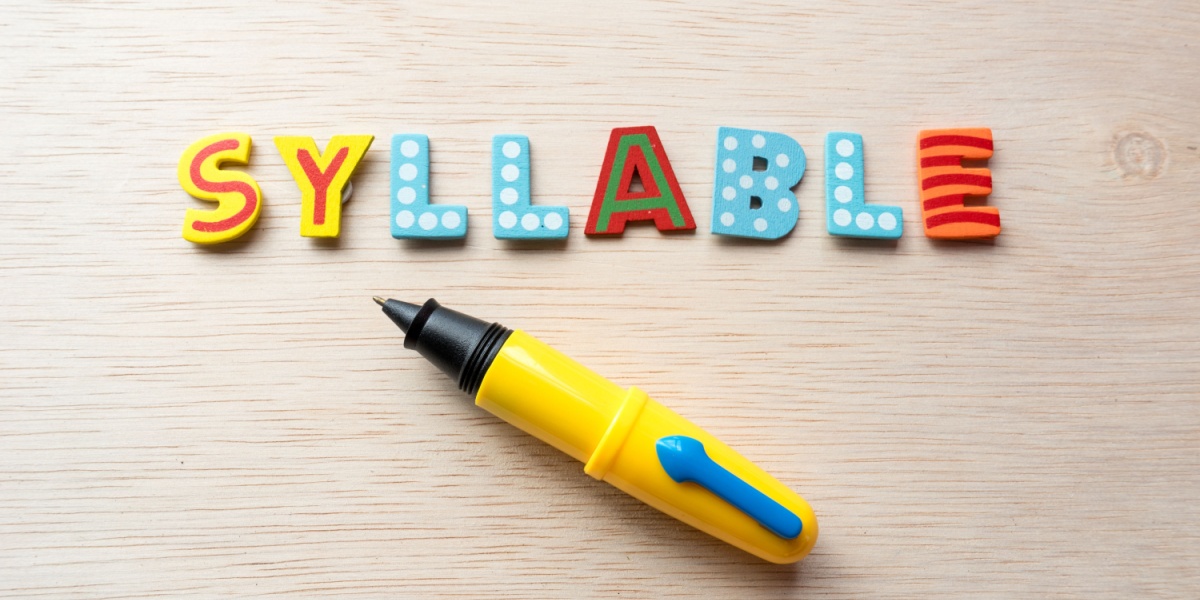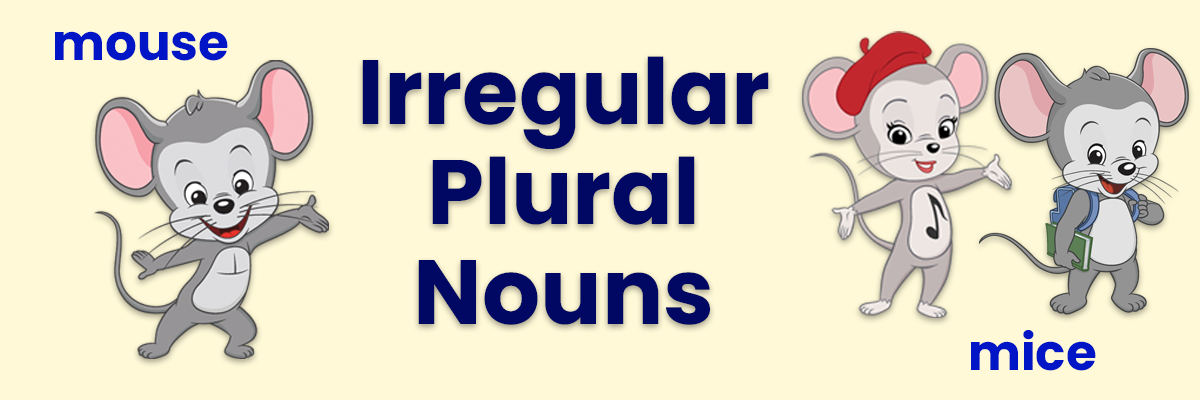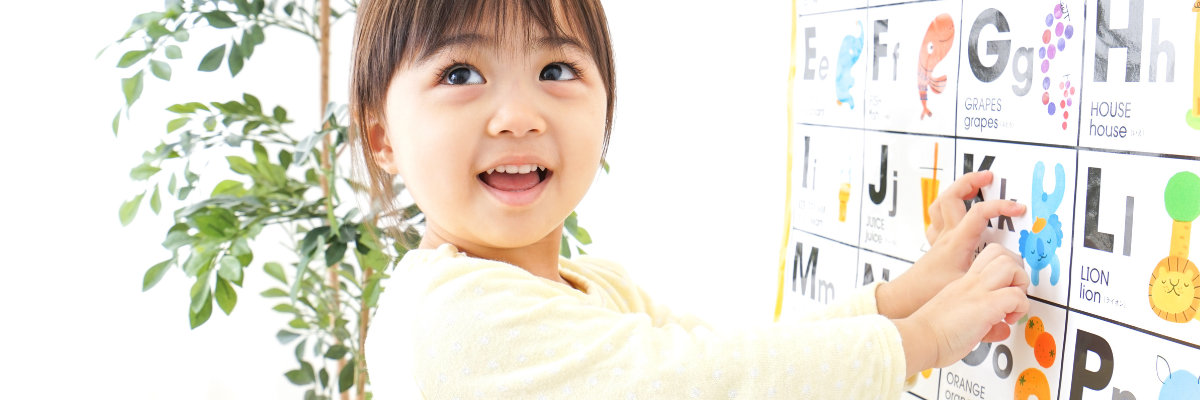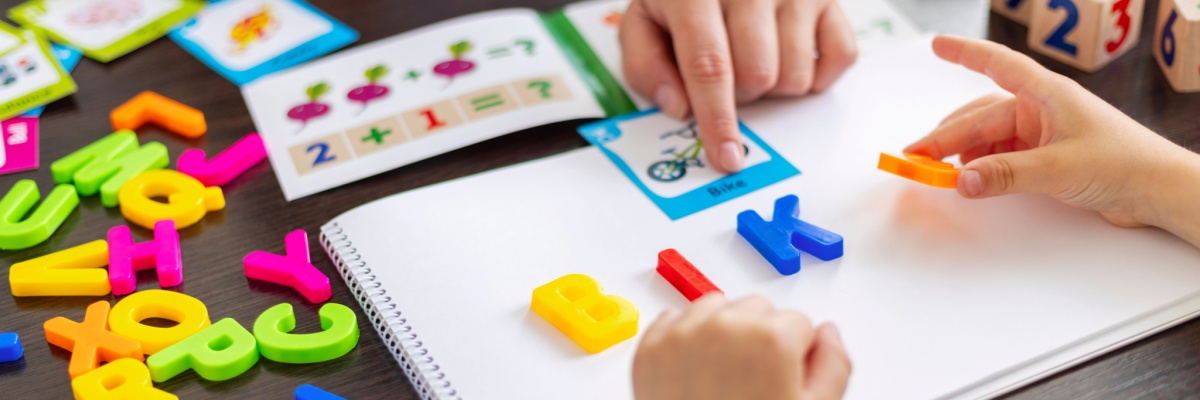Early Learning Tips & Guides
-
Preparing Your Child for 1st Grade: A Checklist Guide for Parents
Read More →: Preparing Your Child for 1st Grade: A Checklist Guide for ParentsDiscover key tips for preparing your child for 1st grade with our checklist guide. Learn about fostering reading habits, enhancing math skills, encouraging play-based learning, and nurturing social skills for a successful transition.
-
How Effective Are Learning Apps for Kids? What the Research Says
Read More →: How Effective Are Learning Apps for Kids? What the Research SaysDiscover what research reveals about educational apps for kids and how to choose ones that support early learning, engagement, and skill growth.
-
Education App Statistics Every Parent Should Know
Read More →: Education App Statistics Every Parent Should KnowExplore 2025 stats on kids’ education apps, screen time habits, and what parents need to know about choosing high-quality learning tools.
-
Screen Time and Education Apps: Finding a Balance
Read More →: Screen Time and Education Apps: Finding a BalanceHelp your child benefit from screen time with tips on choosing quality educational apps, setting limits, and co-viewing together.
-
How to Choose the Best Educational App for Your Child
Read More →: How to Choose the Best Educational App for Your ChildFind the best educational app for your child with tips on safety, content, age fit, and features that support learning for kids ages 2 to 8.
-
What Is Parallel Play
Read More →: What Is Parallel PlayDiscover how parallel play supports early social development with easy activity ideas for toddlers and preschoolers to play side by side.
-
What Is Sensory Play? Benefits, Ideas, and Activities for Learning
Read More →: What Is Sensory Play? Benefits, Ideas, and Activities for LearningDiscover how sensory play supports learning, motor skills, and emotional growth through fun, hands-on activities for kids.
-
Cooperative Play Explained: Why It Matters and How to Encourage It
Read More →: Cooperative Play Explained: Why It Matters and How to Encourage ItExplore how cooperative play builds social and emotional skills in young kids, with tips to support this key stage of early development.
-
The 6 Stages of Play in Child Development (And How to Support Each One)
Read More →: The 6 Stages of Play in Child Development (And How to Support Each One)Explore each stage of play from unoccupied to cooperative, with age guidelines, examples, and tips to support your child’s growth.
-
Back to School Books to Excite and Reassure Young Students
Read More →: Back to School Books to Excite and Reassure Young StudentsExplore this fun list of reassuring back-to-school books to help kids ease anxiety and build excitement for their first day of school.
-
Back to School Tips for Parents and Families to Start the Year Off Right
Read More →: Back to School Tips for Parents and Families to Start the Year Off RightDiscover smart back-to-school tips for routines, organization, and academic success to help families ease into the new school year.
-
Back-to-School Checklist for Families (Free Printable)
Read More →: Back-to-School Checklist for Families (Free Printable)Stay organized with back-to-school checklists, supply lists, and timelines to help your family feel ready for the first day of school.
-
Summer Reading List for Young Readers
Read More →: Summer Reading List for Young ReadersDiscover fun summer book lists for kids ages 2–8—perfect for reading at home, on trips, or at the beach!
-
Rhyming Schemes for Kids with Examples
Read More →: Rhyming Schemes for Kids with ExamplesLearn what a rhyme scheme is, see examples from poems and nursery rhymes, and discover fun activities to help kids recognize and practice rhyming patterns.
-
Why Rhyming is Important? (Tips for Teaching)
Read More →: Why Rhyming is Important? (Tips for Teaching)Discover why rhyming is key for early literacy and how it helps kids develop phonemic awareness. Get expert insights and fun activities to teach rhyming.
-
Rhyming Couplets – With Definitions and Examples
Read More →: Rhyming Couplets – With Definitions and ExamplesDiscover rhyming couplets with fun examples, poetry styles, and engaging activities for kids. Explore famous poems and creative ways to learn rhyme!
-
Easy Ways to Teach Blending Words
Read More →: Easy Ways to Teach Blending WordsTeach young readers to blend words with these fun strategies and activities! Discover phonics blending techniques, examples, and hands-on learning tips.
-
Best Rhyming Books for Young Readers
Read More →: Best Rhyming Books for Young ReadersDiscover 50 engaging rhyming books for toddlers to second graders! Boost early literacy skills, enjoy playful language, and make reading even more fun.
-
How to Teach One to One Correspondence Made Easy
Read More →: How to Teach One to One Correspondence Made EasyDiscover play-based activities and tips to teach one-to-one correspondence, a key math concept, to preschoolers in fun and engaging ways.
-
Odd and Even Numbers – Teaching Tips and Activities
Read More →: Odd and Even Numbers – Teaching Tips and ActivitiesLearn how to teach odd and even numbers with engaging tips, activities, printables, and fun games to build essential math skills in kids.
-
Open and Closed Syllables – Teaching Tips and Activities
Read More →: Open and Closed Syllables – Teaching Tips and ActivitiesExplore fun activities and tips to teach open and closed syllables. Boost kids’ reading skills with games, printable worksheets, and strategies for understanding syllable types. Perfect for parents and educators!
-
R-Controlled Vowels – Tips and Activities for Teaching Young Learners
Read More →: R-Controlled Vowels – Tips and Activities for Teaching Young LearnersDiscover creative strategies, engaging activities, and essential tips to teach r-controlled vowels to early readers. Learn how these ‘bossy R’ combinations influence vowel sounds and find fun ways to help kids recognize and practice them for improved reading skills.
-
What Are CVC Words? Plus, Examples and Free Activities
Read More →: What Are CVC Words? Plus, Examples and Free ActivitiesDiscover the importance of CVC words in early reading skills! Explore examples, teaching tips, and engaging free activities to help children decode simple consonant-vowel-consonant patterns, laying a strong foundation for literacy success. Perfect for parents and educators!
-
The Power of Shared Reading – Simple Tips and Tricks
Read More →: The Power of Shared Reading – Simple Tips and TricksBoost your child’s literacy skills with shared reading. Learn how this interactive approach enhances vocabulary, comprehension, and print awareness. Explore four easy steps to turn story time into a collaborative learning experience that builds confidence and a love of reading.
-
The Simple View of Reading: Tips for Parents and Teachers
Read More →: The Simple View of Reading: Tips for Parents and TeachersDiscover the Simple View of Reading, a proven model highlighting the importance of both decoding and language comprehension in achieving strong reading skills. Learn how to support young readers at home, including those with reading challenges, through practical tips and strategies.
-
How to Teach Consonants Letters and Sounds
Read More →: How to Teach Consonants Letters and SoundsHelp your child grasp the concept of consonants with simple tips and engaging activities. Learn about consonant sounds, voiced vs. unvoiced consonants, and the tricky letter “Y.”
-
Spelling Rules and Patterns Kids Should Know + Free Printable Spelling Guide
Read More →: Spelling Rules and Patterns Kids Should Know + Free Printable Spelling GuideHelp kids master spelling with essential rules and patterns for common words. From basic rules to tricky ones like silent-e and plurals, this guide offers easy tips for new learners.
-
Reading Comprehension Strategies
Read More →: Reading Comprehension StrategiesDiscover 27 engaging strategies and activities to improve young learners’ reading comprehension skills. From story elements and nonfiction strategies to making connections, these methods foster critical thinking, metacognition, and fluency. Plus, explore ABCmouse programs designed to boost literacy through interactive lessons.
Quick guides, tips, and lists for parents and teachers to support children’s early learning. From school readiness checklists to strategies for teaching reading and math, explore expert-reviewed articles designed to build confidence and skills at home or in the classroom.







